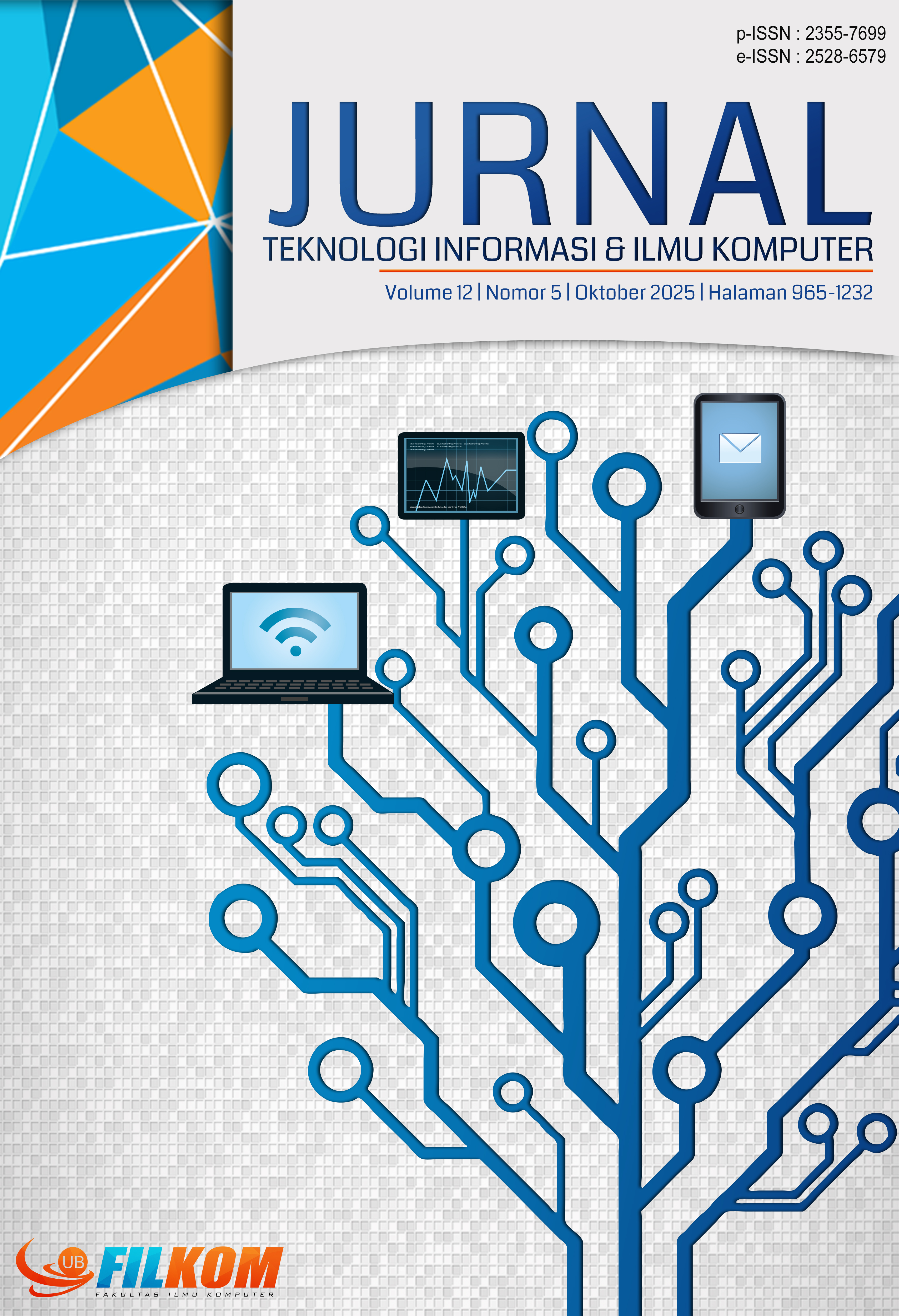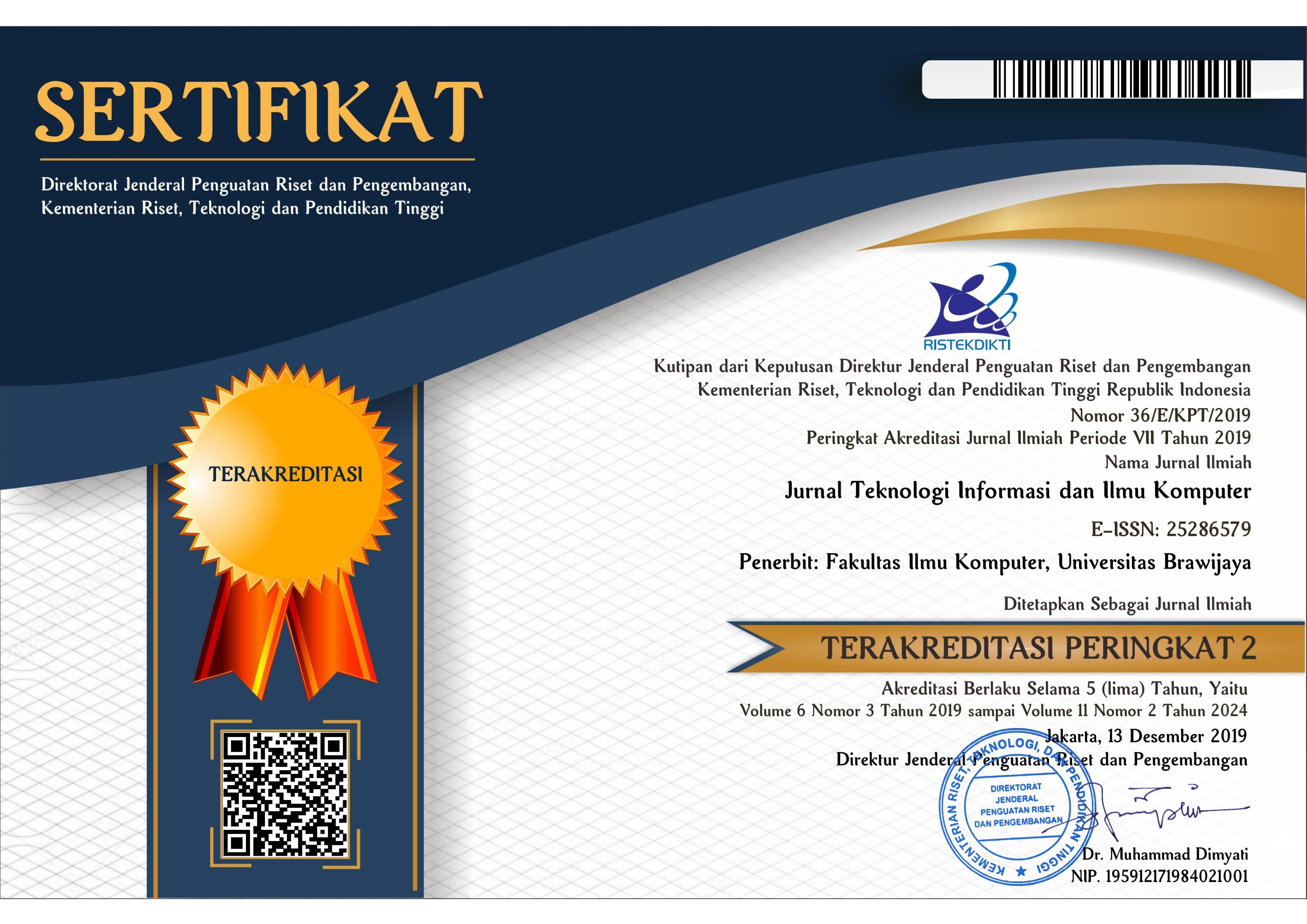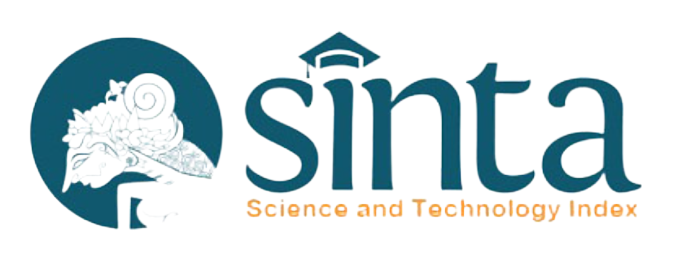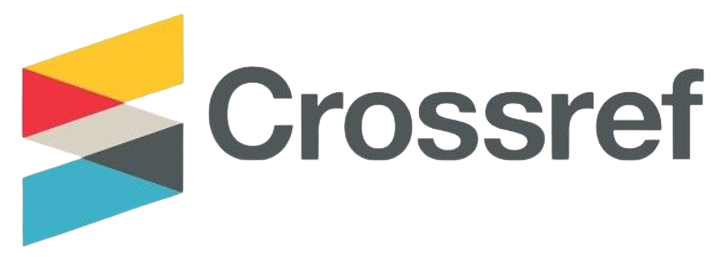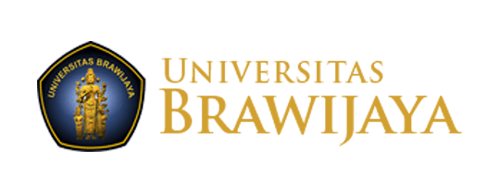Pendekatan Hybrid F-AHP Dan WSM Untuk Optimalisasi Seleksi Mobile Developer
DOI:
https://doi.org/10.25126/jtiik.2025125Kata Kunci:
software developer selection, F-AHP, WSM, hybrid, sensitivity analysisAbstrak
Dalam era digital yang berkembang pesat, peran mobile developer menjadi semakin penting untuk mendukung transformasi digital melalui aplikasi berbasis mobile. Namun, proses seleksi mobile developer menghadapi tantangan kompleks akibat banyaknya kriteria teknis dan non-teknis yang harus dipertimbangkan secara bersamaan, sehingga diperlukan metode seleksi yang lebih efektif. Penelitian ini bertujuan untuk mengembangkan dan menguji model terpadu yang menggabungkan Fuzzy Analytic Hierarchy Process (F-AHP) dan Weighted Sum Model (WSM) guna mengoptimalkan proses seleksi mobile developer. Model ini dirancang untuk menangani ketidakpastian dan ambiguitas dalam evaluasi kandidat dengan memberikan pembobotan kriteria yang objektif dan terstruktur. Pendekatan kuantitatif dengan desain deskriptif-eksploratif diterapkan dalam penelitian ini, melibatkan tiga pengambil keputusan dan analisis dokumen serta portofolio dari 15 kandidat. F-AHP digunakan untuk menghitung bobot relatif kriteria utama dan sub-kriteria, sementara WSM menggabungkan bobot tersebut dengan skor kandidat untuk menentukan peringkat akhir. Hasil penelitian menunjukkan bahwa model ini meningkatkan akurasi seleksi dari 72% menggunakan metode konvensional menjadi 100%. Uji sensitivitas membuktikan bahwa model ini cukup robust terhadap perubahan kecil pada bobot kriteria dan sub-kriteria (±5% hingga ±10%). Analisis lebih lanjut mengungkapkan bahwa sub-kriteria seperti Penguasaan Bahasa Pemrograman dan Pengalaman Pengembangan Aplikasi memberikan kontribusi signifikan terhadap hasil seleksi. Model ini direkomendasikan untuk diimplementasikan dalam seleksi mobile developer, karena menawarkan fleksibilitas dan akurasi yang lebih tinggi sekaligus meminimalkan bias dalam penilaian.
Abstract
In the rapidly evolving digital era, the role of mobile developers has become increasingly crucial in supporting digital transformation through mobile-based applications. However, the selection process for mobile developers faces complex challenges due to the need to consider multiple technical and non-technical criteria simultaneously, requiring more effective selection methods. This study aims to develop and evaluate an integrated model combining the Fuzzy Analytic Hierarchy Process (F-AHP) and Weighted Sum Model (WSM) to optimize the selection process for mobile developers. The model is designed to address uncertainty and ambiguity in candidate evaluations by providing objective and structured criteria weighting. A quantitative approach with a descriptive-exploratory design was employed in this study, involving three decision-makers and an analysis of documents and portfolios from 15 candidates. F-AHP was used to calculate the relative weights of main criteria and sub-criteria, while WSM combined these weights with candidate scores to determine the final ranking. The study results show that the model improved selection accuracy from 72% using conventional methods to 100%. Sensitivity tests demonstrated that the model is robust to minor changes in the weights of criteria and sub-criteria (±5% to ±10%). Further analysis revealed that sub-criteria such as Programming Language Proficiency and Application Development Experience significantly influenced the selection outcomes. This model is recommended for implementation in mobile developer selection as it offers higher flexibility and accuracy while minimizing assessment bias.
Downloads
Referensi
BEKESIENE, S., VASILIAUSKAS, A.V., HOŠKOVÁ‐MAYEROVÁ, Š. AND VASILIENĖ‐VASILIAUSKIENĖ, V., 2021. Comprehensive assessment of distance learning modules by fuzzy AHP‐TOPSIS method. Mathematics, 9(4). https://doi.org/10.3390/math9040409.
CHOU, Y.C., YEN, H.Y., DANG, V.T. AND SUN, C.C., 2019. Assessing the human resource in science and technology for Asian countries: Application of fuzzy AHP and fuzzy TOPSIS. Symmetry, 11(2). https://doi.org/10.3390/sym11020251.
DENG, X., GENG, F. AND YANG, J., 2023. A Novel Portfolio Based on Interval-Valued Intuitionistic Fuzzy AHP with Improved Combination Weight Method and New Score Function. Engineering Letters, 31(4).
FALLAHPOUR, A., NAYERI, S., SHEIKHALISHAHI, M., WONG, K.Y., TIAN, G. AND FATHOLLAHI-FARD, A.M., 2021. A hyper-hybrid fuzzy decision-making framework for the sustainable-resilient supplier selection problem: a case study of Malaysian Palm oil industry. Environmental Science and Pollution Research. https://doi.org/10.1007/s11356-021-12491-y.
GHORUI, N., GHOSH, A., ALGEHYNE, E.A., MONDAL, S.P. AND SAHA, A.K., 2020. Ahp-topsis inspired shopping mall site selection problem with fuzzy data. Mathematics, 8(8). https://doi.org/10.3390/math8081380.
HAN, B., ZHANG, X.X. AND YI, Y., 2019. Multi-criteria project selection using fuzzy preference relations based AHP and TOPSIS. In: Proceedings of the 31st Chinese Control and Decision Conference, CCDC 2019. https://doi.org/10.1109/CCDC.2019.8833175.
HE, X., XIE, Z. AND WANG, C.H., 2021. Selection of New Employees in Environmental Technology Company by MCDM. Journal of Environmental Protection and Ecology, 22(3).
KHAN, A.A., SHAMEEM, M., KUMAR, R.R., HUSSAIN, S. AND YAN, X., 2019. Fuzzy AHP based prioritization and taxonomy of software process improvement success factors in global software development. Applied Soft Computing Journal, 83. https://doi.org/10.1016/j.asoc.2019.105648.
KUTLU GUNDOGDU, F. AND KAHRAMAN, C., 2019. Extension of WASPAS with spherical fuzzy sets. Informatica (Netherlands), 30(2). https://doi.org/10.15388/Informatica.2019.206.
MATHEW, M., CHAKRABORTTY, R.K. AND RYAN, M.J., 2020. A novel approach integrating AHP and TOPSIS under spherical fuzzy sets for advanced manufacturing system selection. Engineering Applications of Artificial Intelligence, 96. https://doi.org/10.1016/j.engappai.2020.103988.
OLABANJI, O.M. AND MPOFU, K., 2021. Appraisal of conceptual designs: Coalescing Fuzzy Analytic Hierarchy Process (F-AHP) and fuzzy grey relational analysis (F-GRA). Results in Engineering, 9. https://doi.org/10.1016/j.rineng.2020.100194.
RAJ MISHRA, A., SISODIA, G., RAJ PARDASANI, K. AND SHARMA, K., 2020. Multi-Criteria IT Personnel Selection on Intuitionistic Fuzzy Information Measures and ARAS Methodology. Iranian Journal of Fuzzy Systems, 17(4). https://doi.org/10.22111/ijfs.2020.5406.
REN, Z., XU, Z. AND WANG, H., 2019. The Strategy Selection Problem on Artificial Intelligence with an Integrated VIKOR and AHP Method under Probabilistic Dual Hesitant Fuzzy Information. IEEE Access, 7. https://doi.org/10.1109/ACCESS.2019.2931405.
SAATY, T.L., 2021. Correction to: Some mathematical concepts of the analytic hierarchy process. Behaviormetrika, 48(1). https://doi.org/10.1007/s41237-020-00125-5.
SALIMOV, V.H.O. AND DAMIROVA, J.R.Q., 2021. Software Selection on Base of Fuzzy AHP Method. International Academy Journal Web of Scholar, (1(51)). https://doi.org/10.31435/rsglobal_wos/30012021/7395.
TARMUDI AND SUHARJITO, 2020. Decision Support System for Developer Selection of The Project in TBIG Using The Fuzzy Ahp Method. International Journal of Emerging Trends in Engineering Research, 8(9). https://doi.org/10.30534/ijeter/2020/118892020.
ZHU, L., 2022. Research and application of AHP-fuzzy comprehensive evaluation model. Evolutionary Intelligence, 15(4). https://doi.org/10.1007/s12065-020-00415-7.
Unduhan
Diterbitkan
Terbitan
Bagian
Lisensi
Hak Cipta (c) 2025 Jurnal Teknologi Informasi dan Ilmu Komputer

Artikel ini berlisensiCreative Commons Attribution-ShareAlike 4.0 International License.

Artikel ini berlisensi Creative Common Attribution-ShareAlike 4.0 International (CC BY-SA 4.0)
Penulis yang menerbitkan di jurnal ini menyetujui ketentuan berikut:
- Penulis menyimpan hak cipta dan memberikan jurnal hak penerbitan pertama naskah secara simultan dengan lisensi di bawah Creative Common Attribution-ShareAlike 4.0 International (CC BY-SA 4.0) yang mengizinkan orang lain untuk berbagi pekerjaan dengan sebuah pernyataan kepenulisan pekerjaan dan penerbitan awal di jurnal ini.
- Penulis bisa memasukkan ke dalam penyusunan kontraktual tambahan terpisah untuk distribusi non ekslusif versi kaya terbitan jurnal (contoh: mempostingnya ke repositori institusional atau menerbitkannya dalam sebuah buku), dengan pengakuan penerbitan awalnya di jurnal ini.
- Penulis diizinkan dan didorong untuk mem-posting karya mereka online (contoh: di repositori institusional atau di website mereka) sebelum dan selama proses penyerahan, karena dapat mengarahkan ke pertukaran produktif, seperti halnya sitiran yang lebih awal dan lebih hebat dari karya yang diterbitkan. (Lihat Efek Akses Terbuka).

